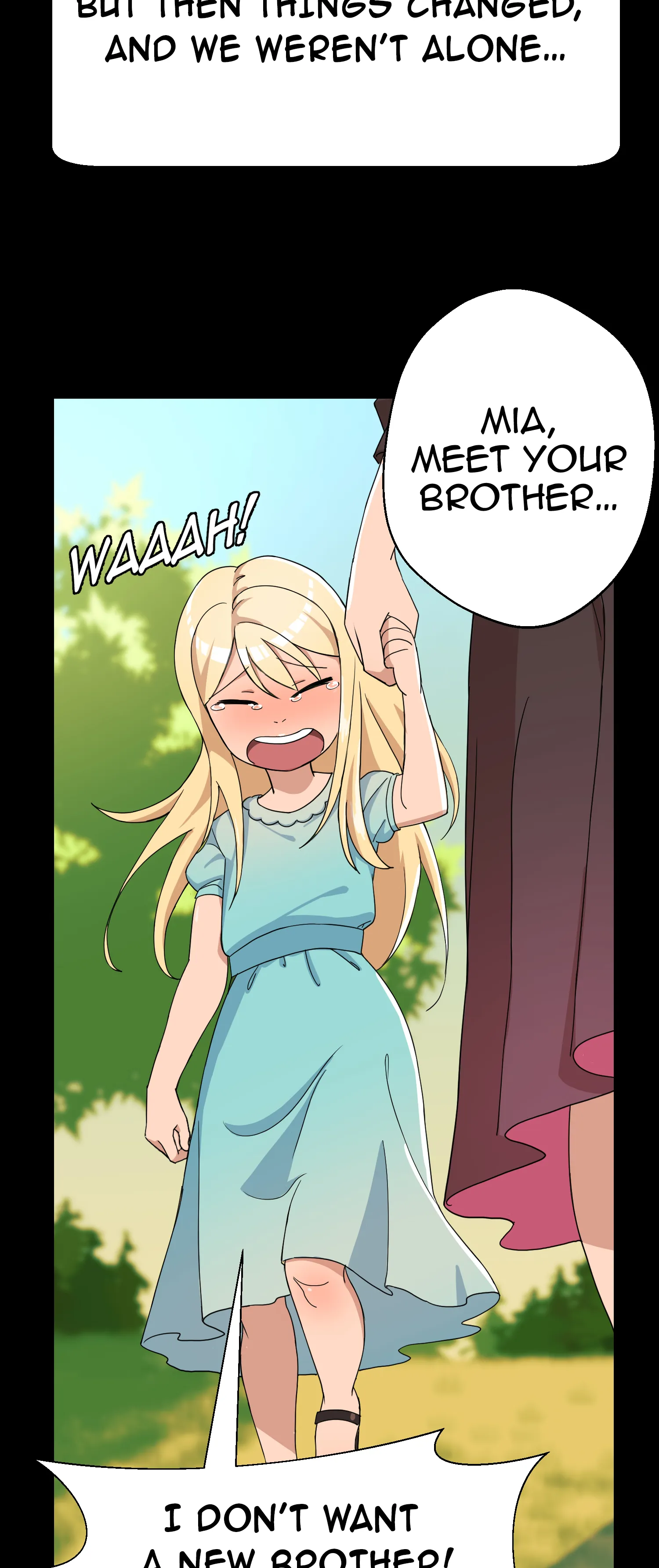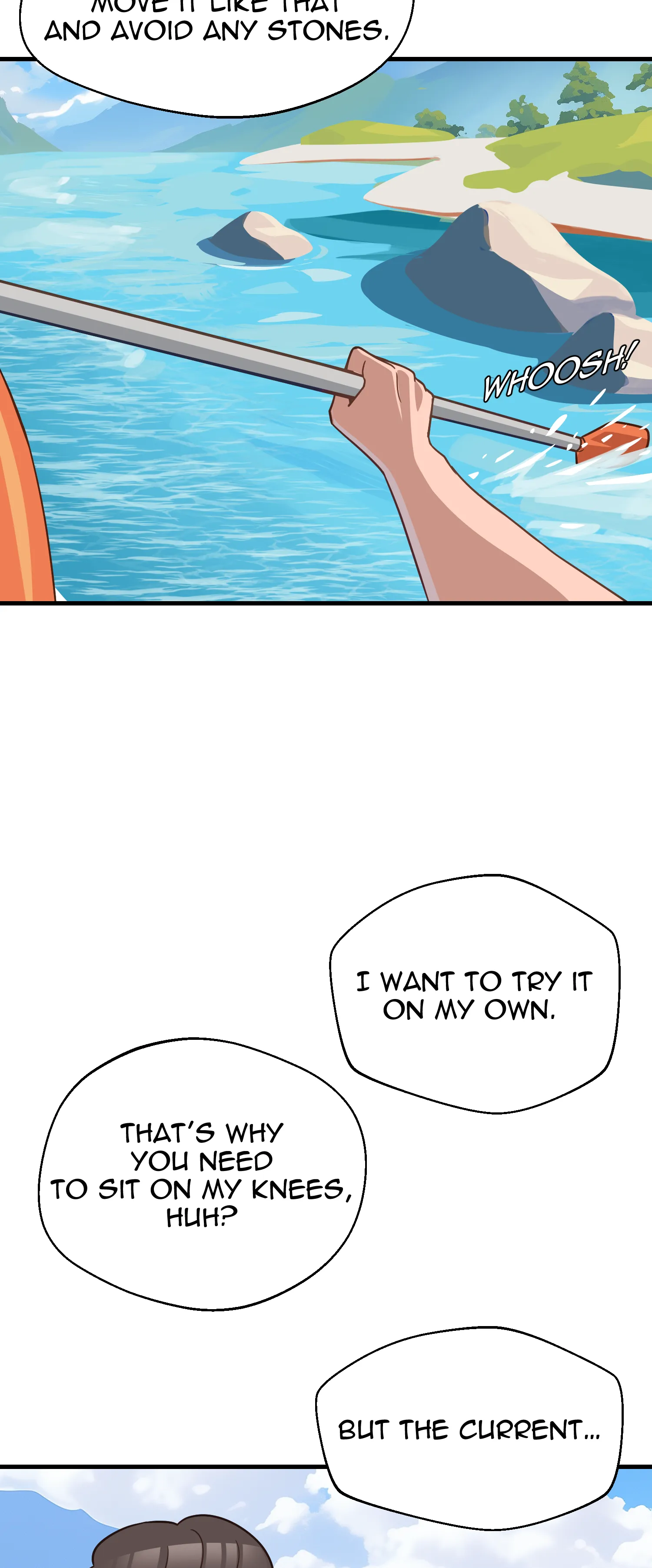Teach Me First Full Comic: Your Friendly Guide To Creative Storytelling
Have you ever had a story bubbling inside you, just waiting to get out, and thought, "I really want to teach me first full comic"? It's a pretty common dream, you know, to bring your own characters and worlds to life on the page. Many of us have these amazing ideas, these adventures or heartfelt moments, that feel like they belong in a comic book. It's almost like a calling, in a way, to share what's in your head with others.
The idea of creating a whole comic, from start to finish, can seem a bit big, perhaps even a little overwhelming at first glance. You might wonder where to even begin, or if you have the right skills to make it happen. That's a totally normal feeling, actually, because it's a creative project with many different parts, so it's natural to feel a bit unsure.
But here's the good news: making your first full comic is absolutely doable, and it's a truly rewarding experience. This guide is here to walk you through the process, step by step, showing you how to turn those initial sparks of an idea into something tangible. We'll cover everything from finding your story to putting the finishing touches on your art, helping you cause others to know something wonderful through your very own comic. So, let's get going, shall we?
Table of Contents
- The Big Idea: Getting Started
- Shaping Your Story: Writing the Script
- Bringing It to Life: Visuals and Art
- Panel by Panel: Layout and Pacing
- Putting It All Together: Inking, Coloring, Lettering
- Sharing Your Creation: The Next Steps
- Frequently Asked Questions About Making Comics
The Big Idea: Getting Started
What makes a good comic, really? It's almost about sharing a piece of your imagination with others, you know? Many folks, like you, want to learn how to make their very first full comic, and that's a wonderful thing to want to do. It's a way to cause others to know something, to share your world, in a way. This is where your journey begins, with just an idea, which is pretty exciting, actually.
It can feel a bit like a big mountain to climb, but every big project starts with a single step. Think about what stories you love to tell, or what kind of art makes you feel excited. This initial spark is pretty important, actually, because it will fuel your whole project, so it's worth taking some time here.
So, to get going, maybe just start by jotting down some thoughts. What kind of story do you want to share? Is it funny, adventurous, or perhaps a bit mysterious? Just let your ideas flow freely for a while, without worrying too much about making them perfect just yet. You could make a list of things you find interesting, or even sketch out some rough character ideas. It's really about getting those initial concepts down on paper, or on a screen, whatever feels most natural to you at this stage.
Consider what themes resonate with you. Do you care about friendship, overcoming challenges, or maybe exploring a fantastical world? These big ideas can become the heart of your comic. It's almost like finding the core message you want to convey, which will guide all your choices later on. Don't feel like it has to be completely unique right away; often, the best stories come from putting your own spin on something familiar, you know?
Some people find it helpful to look at other comics they love. What do you enjoy about them? Is it the art, the dialogue, or the way the story unfolds? This isn't about copying, of course, but rather about understanding what makes a comic engaging for you. It can give you some clues about what you might want to try in your own work, which is very useful, really, for finding your own voice.
Remember, this first step is all about exploration. There are no wrong answers here, just possibilities. Let your imagination run a bit wild, and see what kind of story starts to take shape. It's the foundation for everything else, so take your time and enjoy this initial creative burst, actually. It's a pretty fun part of the process, I think.
Shaping Your Story: Writing the Script
A comic, in some respects, is a lot like a movie on paper, you know? It needs a solid story to hold it all together. This is where the script comes in, basically. It's the blueprint for everything that will happen, what characters say, and what we see in each panel. Without a good script, your art might look nice, but the story might not make sense, which is a bit of a problem, really.
Think of your script as the detailed instructions for your comic. It tells you what goes in each panel, what dialogue the characters speak, and any sound effects that might happen. Some people write very detailed scripts, almost like a screenplay, while others prefer a looser approach. Find what works for you, but having some structure is pretty important, actually.
Before you get too deep into the script, it's often helpful to outline your story. This means breaking it down into a beginning, a middle, and an end. What's the main conflict? How do your characters try to solve it? What's the resolution? A simple outline can keep your story on track, which is very useful for a project like this, you know.
Crafting Characters
Who are the people, or creatures, in your story? They need to feel real, sort of, with their own quirks and dreams. Think about what they want, what they're afraid of, and what makes them unique. This helps readers connect with them, which is very important, really, for making your story resonate. A character that feels believable, even in a fantasy setting, is much more engaging.
Give them a bit of a backstory, too, even if it's just for your own knowledge. What do they look like? How do they talk? Do they have any particular habits or mannerisms? These small details can make a huge difference, actually, in making them come alive on the page. It's almost like getting to know a new friend, you know, figuring out what makes them tick.
Consider their relationships with other characters. How do they interact? Do they have friends, rivals, or mentors? These connections can add a lot of depth to your story and create interesting conflicts or alliances. A strong cast of characters can carry even a simple plot, so spend some time developing them, it's really worth it.
Think about their motivations, too. Why do they do what they do? What drives them forward? Understanding these inner workings will help you write more authentic dialogue and actions for them. It's like giving them a soul, in a way, which makes them feel much more real to the reader, and to you as the creator.
Plotting Your Panels
Now, how does your story unfold visually? This involves planning out the events, scene by scene, almost panel by panel. Think about the beginning, the middle, and the end. What's the main problem, and how do your characters try to solve it? This is where the story truly takes shape on the page, so to speak.
It's helpful to break your story down into smaller chunks, maybe even just sketching out rough thumbnails of each page. This way, you can see how the story flows visually, which is pretty useful, you know. Each panel should move the story forward, or reveal something new, so it's not just static. It's like building a bridge, one piece at a time.
When you're plotting, consider the pacing. Do you want a fast-paced action scene, or a slow, reflective moment? The number of panels on a page, and their size, can greatly affect this. A page with many small panels can feel quick, while a page with one large panel can slow things down and emphasize a moment, which is a very effective tool, really.
Think about transitions between panels, too. How do you guide the reader's eye from one moment to the next? Sometimes, you might show a direct cause and effect, like a punch followed by a reaction. Other times, you might jump in time or location, letting the reader fill in the gaps. This is part of the magic of comics, actually, the way the reader participates in the storytelling.
Don't be afraid to revise your plot. It's very common for stories to change as you work on them. You might realize a scene isn't working, or that a character needs a different motivation. That's perfectly fine, you know. The script is a living document, and making changes early on is much easier than when you're already drawing the final art.
Bringing It to Life: Visuals and Art
Once you have a good handle on your story, it's time to think about how it will look. This is where the "comic" part truly shines, after all. The art is what brings your script to life, making those words and ideas jump off the page. It's a visual language, in some respects, that works hand-in-

Honeytoon - "Teach Me First!", "Ep #1"

Honeytoon - "Teach Me First!", "Ep #2"

Teach Me First! Ep 6: New Twists Await | HoneyToon